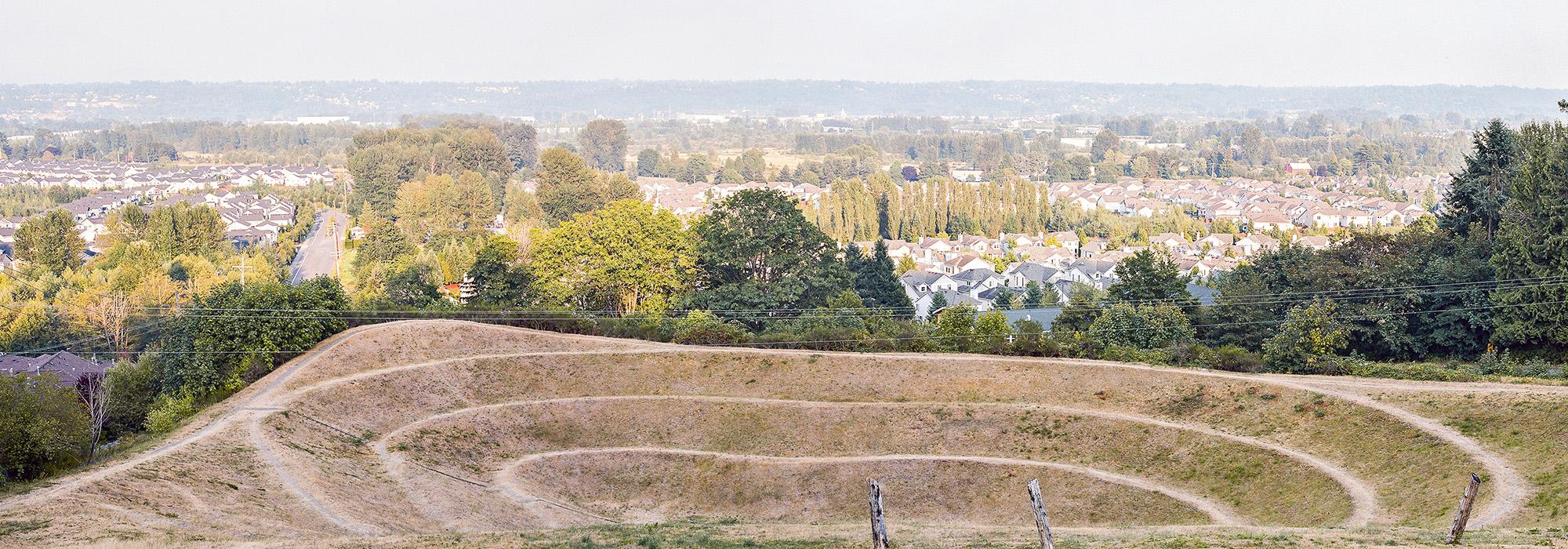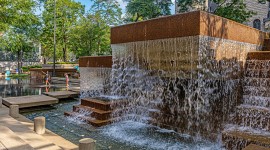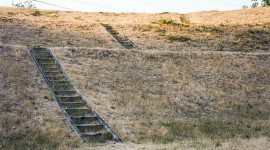Pioneer Information
Born in Kansas City, Missouri, Morris majored in engineering at the University of Kansas City before studying art at the Kansas City Art Institute and the California School of Fine Arts, in San Francisco. He then studied philosophy and psychology at Reed College in Oregon. He returned to San Francisco in 1956 working as an abstract expressionist painter, and participating in choreographer Anna Halprin’s groundbreaking dance workshops. He moved to New York in 1960, received an M.A. in art history in 1966 from Hunter College, and began teaching art there in 1967. At Hunter, Morris, who had abandoned painting as a medium in the late 1950s, began producing his first works of minimalist sculpture.
An artist and philosopher, Morris was a prolific writer, establishing himself as one of the leading advocates for the minimalist movement. In the late 1960s and 1970s, Morris helped pioneer Process Art, and became involved early on in the Land Art movement, creating a number of monumental earthworks, among them The Grand Rapids Project, (1974) and Untitled (Johnson Pit No. 30), (1979). His work is in the permanent collections of the National Gallery of Art, Washington, D.C.; the Museum of Modern Art and the Solomon R. Guggenheim Museum, both in New York, New York; the Tate Modern, London, U.K., and elsewhere. Morris passed away in Kingston, New York in 2018.






